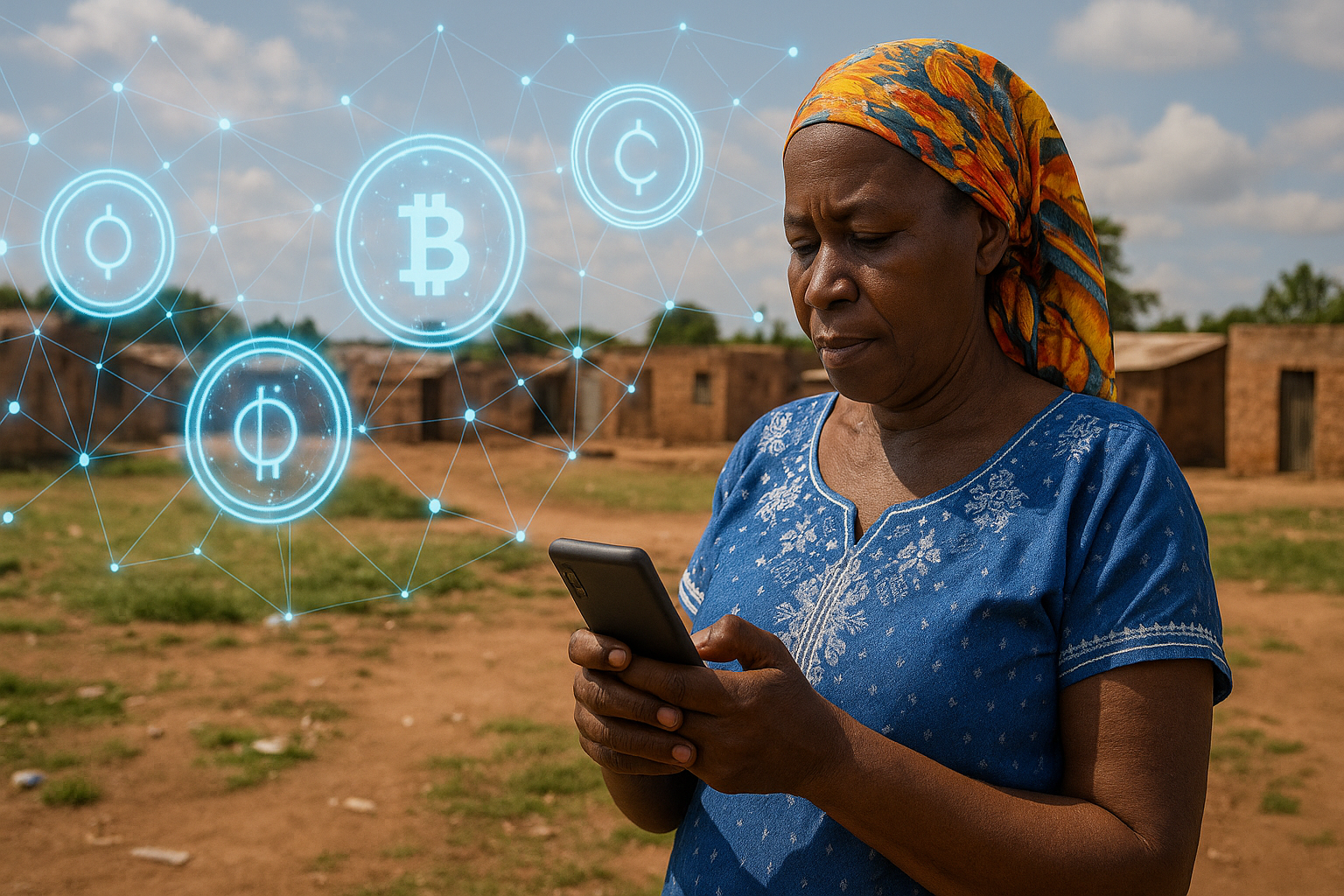From Cash to Code: How CBDCs Could Reshape the Future of Social Assistance
The IMF study, supported by the World Bank and Sweden’s Riksbank, finds that retail central bank digital currencies could revolutionize welfare delivery if used as programmable platforms enabling automation, transparency, and direct transfers. However, their success depends on strong ID systems, privacy safeguards, and integration with existing financial infrastructure.

A new working paper by the International Monetary Fund's Fiscal Affairs Department, with analytical input from researchers at the World Bank and the Riksbank (Sweden's central bank), examines how retail central bank digital currencies (CBDCs) could transform the way governments deliver social safety nets (SSNs). Authored by Denis Nikitin, Johan Schmalholz, and Carolina Bloch, the paper argues that CBDCs, when used merely as payment tools, add little beyond existing fast payment systems like India's UPI or Brazil's PIX. But as programmable administrative platforms, with smart contracts, peer-to-peer transfers, and decentralized ledgers, they could automate welfare payments, reduce reliance on banks, and ensure direct oversight of public transfers.
The Rise of Digital Currencies in Public Finance
The report notes that by 2024, 94 percent of central banks were engaged in CBDC research, with countries such as the Bahamas, Jamaica, and Nigeria launching national pilots. The authors ask whether CBDCs can truly improve the efficiency, inclusiveness, and accountability of government-to-person transfers. Their findings show that while faster payment systems already achieve near-instant settlements, CBDCs' programmability and direct state control could revolutionize welfare delivery. A programmable CBDC could automatically release funds when eligibility conditions are verified, a feature particularly powerful for managing large-scale welfare programs and conditional cash transfers.
Designing the "Typical" CBDC
Drawing on pilot experiences, the IMF team outlines the anatomy of a "typical" retail CBDC. It is a non-interest-bearing, central bank–issued token held in digital wallets, distributed via licensed intermediaries, and built on permissioned blockchain technology to balance transparency and privacy. Wallets are linked to national identification systems, ensuring compliance with anti-money laundering and counter-terrorism rules. Programmable "smart contracts" enable automated transfers, refunds, and spending restrictions, features that could simplify welfare administration. However, these same features demand robust privacy safeguards and strong governance frameworks to prevent misuse of transaction data.
Lessons from Global Case Studies
Real-world pilots illustrate CBDCs' promise and pitfalls. In Australia, the National Disability Insurance Agency used blockchain-based tokens to automate payments to service providers once client-specific conditions were met. The system saved up to 15 hours per week in paperwork while improving transparency. In Kazakhstan, a pilot linked CBDC payments for school lunches to verified meal card swipes, ensuring subsidies reached only eligible students. In Brazil, the central bank's DREX platform tested tokenized agricultural loans and crop contracts, letting farmers access credit through programmable finance. Meanwhile, Nigeria's eNaira rollout revealed adoption hurdles; only one percent of bank accounts were linked to CBDC wallets. Despite relaxed identity requirements, weak national ID coverage limited inclusion, highlighting the vital role of identification systems in digital finance.
Promise and Peril of Digital Welfare
The authors argue that CBDCs could close longstanding gaps in welfare delivery by providing permanent digital wallets for every citizen, independent of private banks. These wallets could guarantee direct payments even in emergencies and automatically recover unspent or misdirected funds. Programmable ledgers would allow social agencies to monitor disbursements, detect fraud, and handle grievances in real time. Yet such visibility also raises concerns over surveillance and data protection. Citizens might resist CBDCs if they perceive them as tools for excessive government oversight. To avoid this, the IMF stresses the importance of transparent communication, strict privacy laws, and clear limits on data access.
The study concludes that while CBDCs have clear potential to enhance social safety nets, their success depends on integration with existing systems and careful policy design. The infrastructure and capacity required, secure ledgers, interoperable databases, and trained administrators, remain substantial. Moreover, similar gains could be achieved by expanding open finance frameworks, linking social registries to fast payment systems, or using hybrid models that combine traditional banking rails with blockchain features.
A Step Toward Inclusive Digital Governance
The paper's final message is pragmatic: CBDCs should be seen as complements, not replacements, for current welfare technologies. In many countries, social safety net programs may even act as catalysts for CBDC adoption by channeling government transfers into digital wallets. Over time, this could strengthen financial inclusion, enhance transparency, and build trust in public institutions. However, without robust identification systems, clear privacy standards, and user-friendly design, the technology could perpetuate exclusion instead of alleviating it.
Ultimately, the IMF study envisions CBDCs as a next-generation public finance tool, capable of facilitating welfare delivery more efficiently, fairly, and transparently if implemented thoughtfully. The challenge, the authors conclude, is not technological but institutional: ensuring that digital money serves the people it aims to protect.
- FIRST PUBLISHED IN:
- Devdiscourse
ALSO READ
-
World Bank Backs Kerala's Health Revolution with $400M Boost
-
World Bank Boosts Kerala Health with $280M Loan
-
World Bank Approves $280M Program to Boost Kerala’s Health System and Elderly Care
-
World Bank Report Estimates $183M in Damages from Deadly Afghanistan Earthquake
-
World Bank Funds $280M Health Overhaul in Kerala









